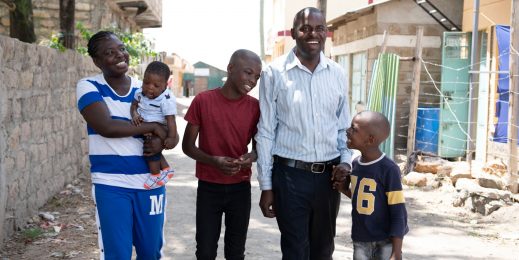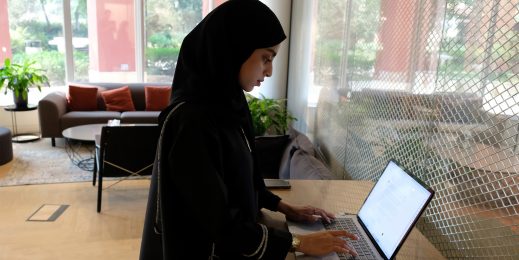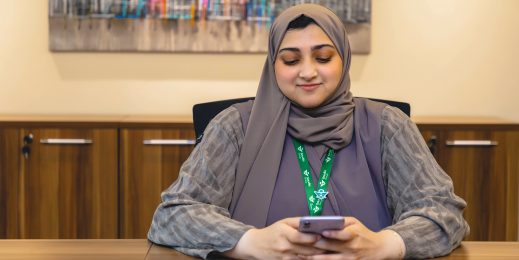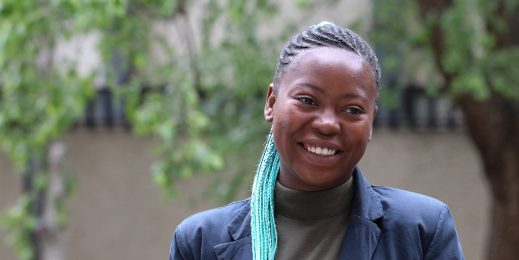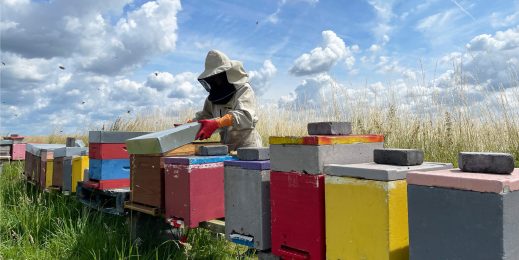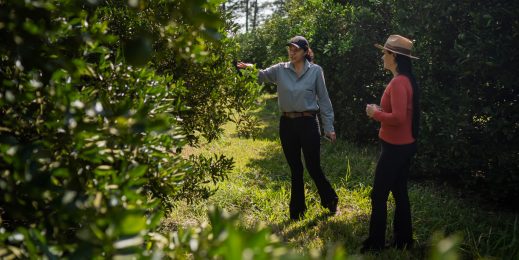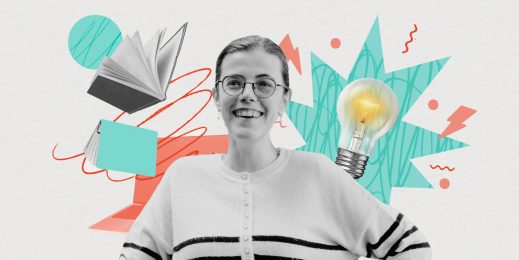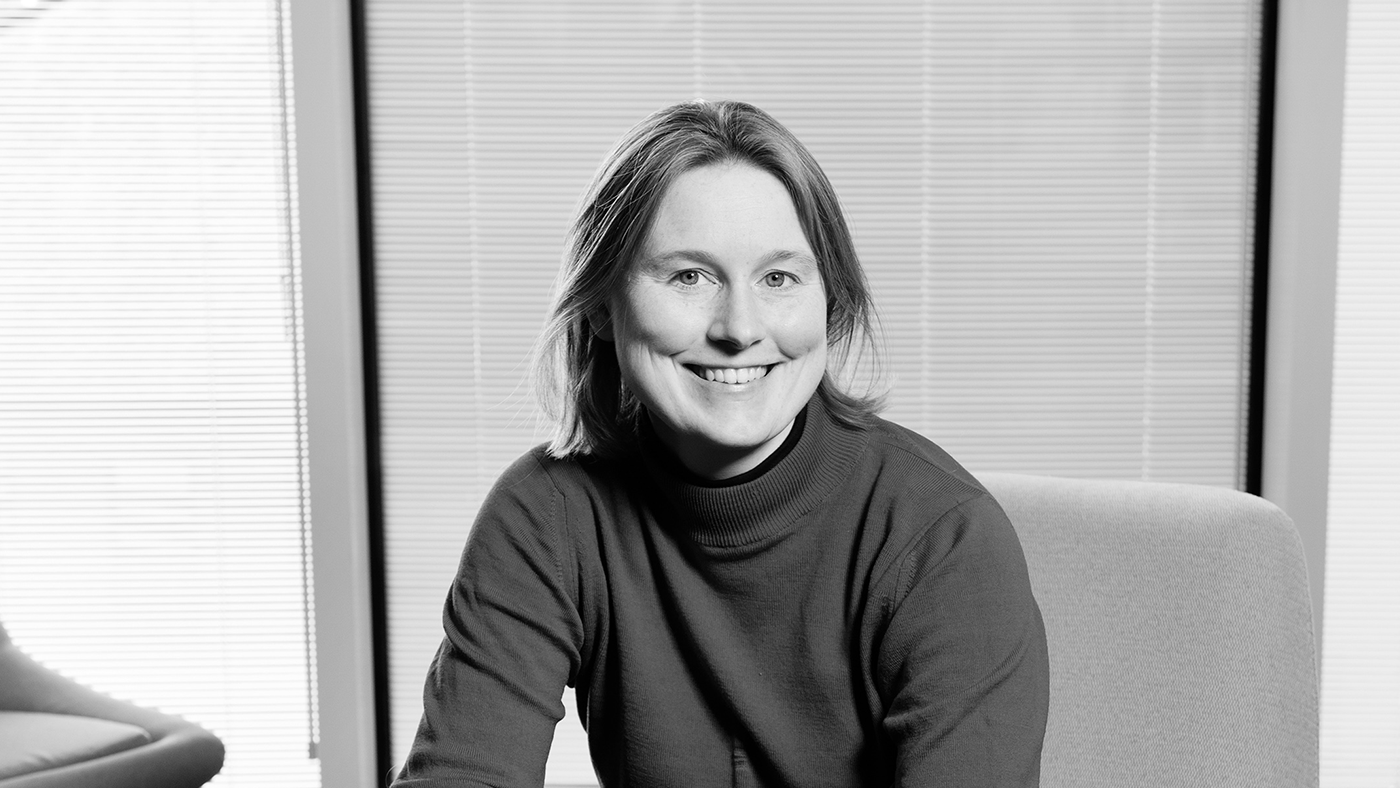
Cecily Morrison – using technology to help change the world
“My aim is to build technologies that matter to people,” reads the closing sentence on Cecily Morrison’s website bio.
A researcher in Human-Computer Interaction (HCI) at Microsoft Research Cambridge, Morrison’s passion to help create technology that can solve real-world problems, is inspiring.
Part of the Human Experience and Design research group at Microsoft’s Cambridge facility, Morrison is currently working on a number of projects designed to break down barriers using technology.
One of these is Code Jumper – a programming language inclusive of children with visual disabilities, which uses distinctive physical objects to interact with the code. The other, Assess MS, is a system powered by Microsoft’s Kinect camera, which helps medical professionals more accurately diagnose the disease progression of patients with Multiple Sclerosis.
We were fortunate enough to spend some time with Cecily and ask her to share her experiences and what drives her to help make the world a better place.
What inspired you to pursue a career in science and technology?
I always really liked maths. My Father was an engineer, and he was big on girls doing maths and science. I started out studying math and economics at university, but then much to his chagrin, I studied anthropology! I actually found anthropology similar to maths, because it’s a very systematic way of looking at how culture shifts and the way people see things. We think of people and cultures as systems, in the same way we might think of number systems.
After studying anthropology I went off to do some research in Hungary. I ended up back, working with kids and teaching them about technology, before working on and receiving my PhD in computer science.
What are you currently working on?
Most of what I do now is somewhere in between straight technology and anthropology. I mainly work an AI systems, specifically on understanding how the algorithms we create mix with our human experiences, and how those two things bounce off of each other.
Everything that we do and all the underlying decisions that we make can be thought of as parameters that can change our experiences. I work on understanding how people work and how systems go together, and try and approach it in different ways.
STEM fields remain male-dominated. What are your thoughts on diversity, and the importance of role models in encouraging girls and young women to pursue STEM interests?
I think it’s incredibly important to have diversity. As someone working with AI systems, I look around the lab, and the things that I think I would do in an AI system and the things that some of my colleagues would do, are not the same. I believe that if you want to create technology that represents all people, you need all people to build that technology – I feel really passionate about that.
If you want to live in a different world, you can only create that different world by participating in it, and I think it’s super important for girls to understand that they can create this too – and you can only create this if you have the right skills.
What technology are you most passionate about?
I have a blind child so I’m super excited about the way that technology can make the world a more inclusive place, and I believe passionately that I can. I don’t think much about technology for myself, but when I have a child who I can see needs technology that doesn’t exist yet, I know that I want to be there building it for him.
What inspires you?
The fact that there are lots of passionate people out there. I think it’s really helpful for Microsoft to have someone at the very top like Satya, who is passionate about driving inclusive technology, and he’s raising the bar for accessibility. We demoed Torino to him two years ago, and he was like – ‘This has to happen.’ I feel very inspired by him. I remember him coming to our research lab and telling us to use Microsoft to make the world the place you think it should be, and i thought to myself – I can do that.





